Date: 12 December 2012
Wrightstyle systems can be found in shopping centres worldwide.The ubiquitous indoor shopping centre has changed our buying habits forever, drawing in customers to shop under one convenient roof.In 1991, there were 11 UK shopping centres of 700,000 sq ft or above. Now there are some 40; in 1991, there were 18 centres of 500,000 sq ft or above – compared to nearly 70 now.The largest UK shopping centre is the Gateshead Metrocentre, a stone’s throw from Newcastle, which, with over 2,000,000 sq ft of retail space, is still claimed to be Europe’s largest retail and leisure centre – although it does have competitors for the title, including the Westfield Stratford City shopping centre in east London, claimed to be the largest urban shopping centre in Europe.Celebrating its 25th birthday in 2011, the Metrocentre has a working population of 7,000, annual visitors of almost 23 million, three and a half miles of shop fronts, roads, bus, and railway stations and over 330 shops, stores, banks and building societies.The Metrocentre is, however, dwarfed by the world’s largest shopping malls, the top two of which are in China. The largest is the New South China Mall in Dongguan, at nearly 6,500,000 square feet.The rest of the list is made up of malls in Thailand, Iran, Turkey, Canada, Malaysia and the United Arab Emirates.
However, proving that big isn’t necessarily better, the New South China Mall sees so little visitor numbers and has such a high vacancy rate that it has been classified as “dead.”
The impact of the shopping centre on British retailing has been profound, changing our shopping habits forever, and also changing the face of the British High Street.
That’s also had an impact on fire safety, because a shopping centre isn’t one building. It’s an interlocked building, with multiple occupiers.
Current safety requirements require collaboration between the designers, developers, fire system installers and the centre’s management team based on Building Control Regulations. It’s the reason why UK shopping centres are so safe.
Compare that with the worst civilian tragedy in Paraguay for the last sixty years, which started with a spark in a fast food outlet. That comparatively minor incident in the Ycuá Bolaños supermarket on the outskirts of Asunción, the country’s capital city, would go on to orphan over 200 children.
It was Sunday 1st August 2004, and the three-storey supermarket was crowded with shoppers, many of them families with small children. International fire investigators found that the fire started in an improperly- maintained grill located in the centre’s food court, a full hour and a half before the first explosion.
The shock wave created by that explosion broke external windows, flooding in oxygen and allowing the fire to rapidly spread from the food court to the rest of the shopping centre, including the central air conditioning system, causing its nitrogen coolant to explode.
The fire then spread downwards to the underground garage, where a car exploded, setting off another shockwave that brought the ground floor crashing into the basement, and cutting off lower level escape routes. Dozens died in their cars.
The final toll was 364 dead, nine simply “disappeared,” and nearly 500 injured. Forty-six children died. The sheer scale of the tragedy so overwhelmed local health services that burns victims were also treated in nearby Uruguay.
However, in developed or developing countries, the threat from fire is being slowly reduced with stricter building regulations covering both passive and active fire safety measures – everything from better detection systems to catch the fire early to better sprinkler systems to put it out.
Indeed, in 2010-11, local authority fire and rescue services attended 623,800 fires or false alarms in Britain, 5% less than the 2009-10 figure of 653,600. Within this total, fires decreased by 4% to 286,500, while false alarms fell by 5% to 337,300.
The International Association for the Study of Insurance Economics (better known as the Geneva Association) says that – in the developed world – the cost of fire has reduced over the past decade from 0.28% to 0.16% of GDP, and the risk of dying in a fire has fallen from 1.88 to 1.34 per 100,000 of population.
The Paraguay fire started with just an ember from a chimney, and that’s how most catastrophic fires begin – often just a dropped cigarette or a spark from faulty wiring. If dealt with adequately, most fires pose little threat. But when a fire does take hold, occupants must be able to get out quickly and safely.
Kitchens, most obviously, are a key danger point but fire safety in complex buildings is determined by many different factors, including means of escape, the ability for a building to resist the effects of fire and minimize the spread of fire and smoke.
Fire is spread through three methods: convection, conduction and radiation, of which convection is the most dangerous. This is when smoke from the fire becomes trapped by the roof, spreading in all directions to form a deepening layer. Smoke, rather than fire, is often the real danger.
Materials such as metal can absorb heat and transmit it to other rooms or shops by conduction, where it can cause new fires to break out. Radiation transfers heat in the air, until it too sets off secondary fires, spreading the danger away from its original location.
That happened earlier this year in a shopping centre in Qatar, where an electrical fire started near a child care centre, going on to trap the children and their teachers. In total, 13 children died, mostly from smoke inhalation, as well as four teachers and two firefighters – including three two-year-old triplets from New Zealand. The fire alarm, according to an eyewitness, sounded almost “like a door bell” – and which many people ignored.
The fact is that shopping centres can be extremely complex, with potentially large fire loads and equally large numbers of people within a series of spaces that can include hotels, food courts, cinemas, restaurants, bars, as well as offices, with most people unfamiliar with the shopping centre’s layout and exits.
That’s why compartmentation is so important, dividing the building into discrete fire zones, with retardant materials to limit the spread of fire, and an adequate sprinkler system able to extinguish the fire at source. The fire safety approach, which is being standardized across Europe, involves engineering assessments based on computational fluid dynamics and zone models.
That’s also where our advanced systems come in, with Wrightstyle’s internal and external steel and glass systems having been tested together, to US and European standards, and subjected to furnace temperatures of well over 1000Ëšc - testing the strength of the glass, the protective level of the glazing system, and their overall capability to maintain compartmentation in a fire situation.
This is the core function of an integrated glass and framing system: to provide an effective barrier against the passage of fire, heat and toxic gas and, by preventing oxygen from reaching the seat of the fire, inhibit its progress. This allows people to escape and, by containing the fire, minimises fire damage.
The main lesson from Qatar and Paraguay is that fire can spread with devastating speed, particularly in a large open space such as a supermarket or shopping centre. The key is containment, trapping the fire, and allowing people to escape. It’s the reason why our systems can be found in shopping centres around the world.
www.wrightstyle.co.uk
Ends


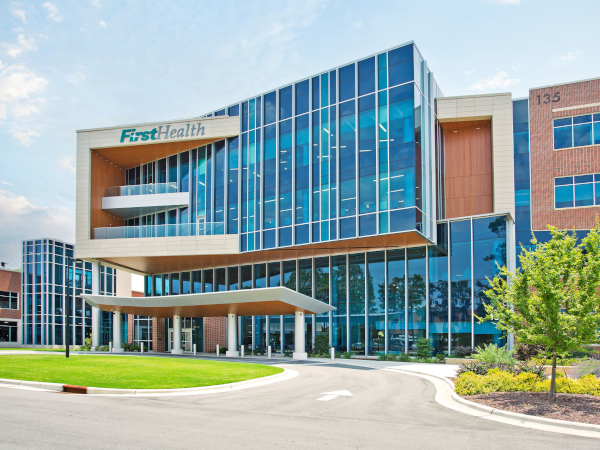
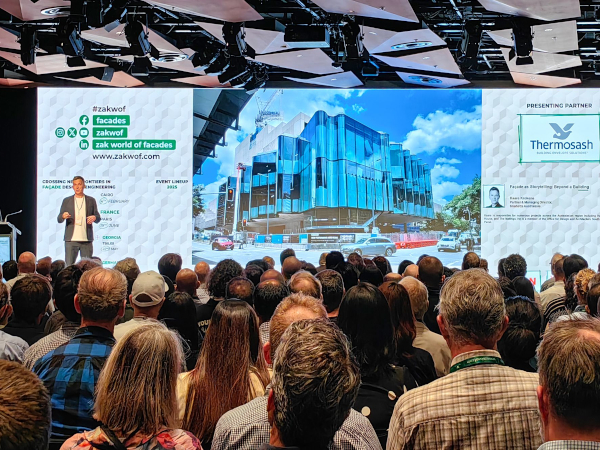
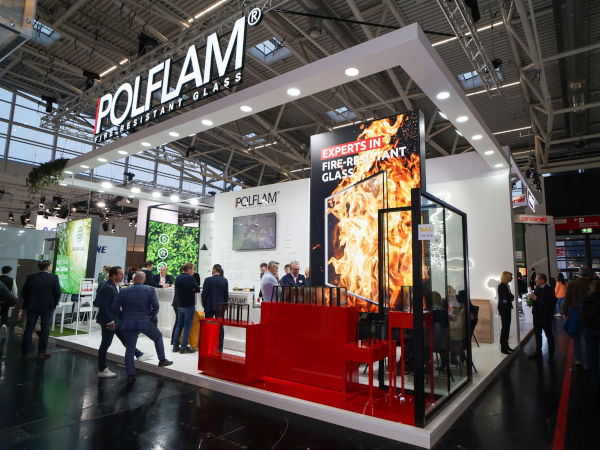
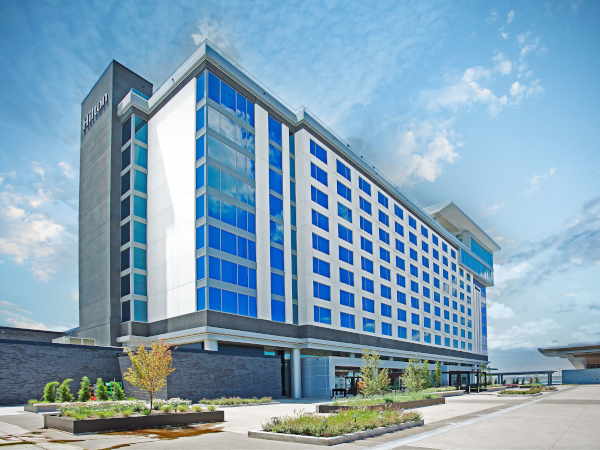








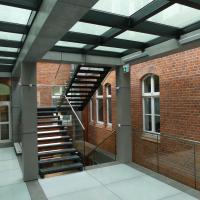

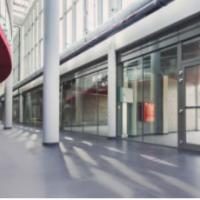
Add new comment